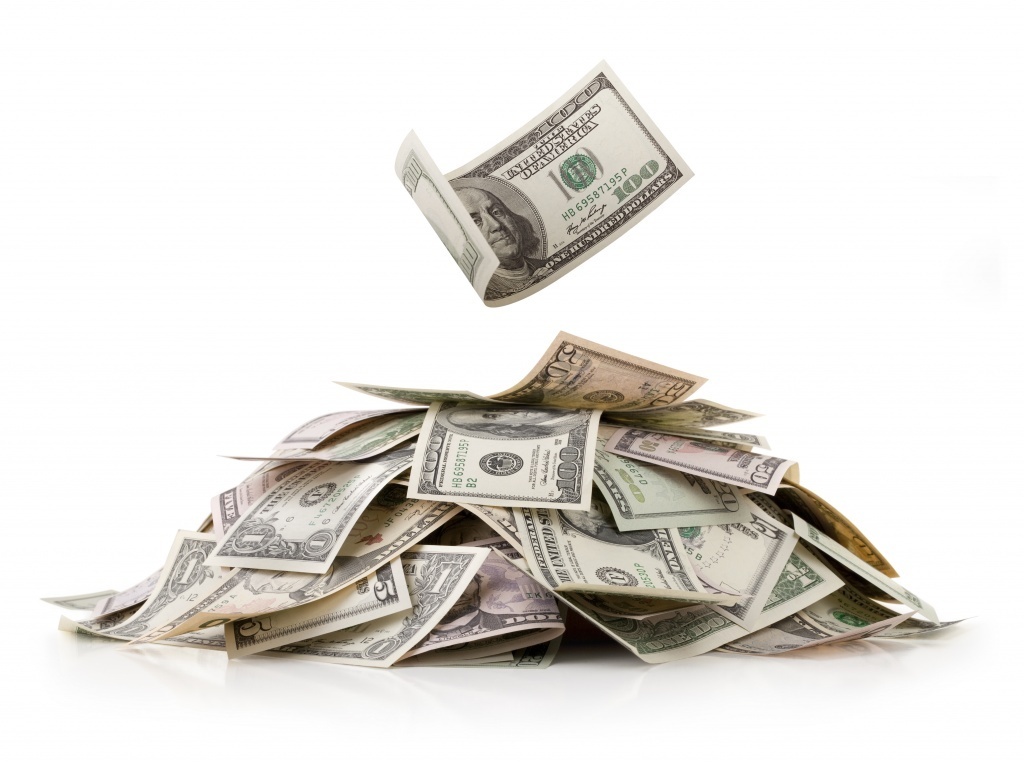How to Store Fresh Berries
Geege Schuman stashed this in Food Hacks
Stashed in: Home Sweet Home!, Fruit!, Reference
Keep your cool
Even though blueberries and caneberries (blackberries and raspberries) are climacteric, they don't benefit from additional ripening after they've been picked. They may soften, but won't taste any better. And strawberries are non-climacteric, which means they don't enjoy any improvement after harvest. If they're picked under-ripe and rubbery, under-ripe and rubbery they will stay. It behooves you, then, to buy the ripest berries possible. Farmers' market berries should be freshest, ostensibly traveling the shortest distance after picking. For grocery berries, Satterfield advises inspecting the bottom of the containers. Are they greenish? Does the absorbent pad have lots of liquid? See any with mold? If yes to any of the above, skip 'em.
Climacteric or non-, all berries decline rapidly, but you can keep it at bay by using the fridge, Satterfield advises. Store most berries dry and in the container in which you bought them, he says, except for strawberries, which tend to dry out in the fridge. Satterfield recommends storing them atop a dry towel after washing (in a single layer, if possible), with a damp towel placed over the top, and eating them within in a day or two.
Avoid keeping your berries in the coldest part of your fridge, lest they suffer frost damage. But, notes Satterfield, the ideal place in your fridge is where you'll see them best. You don't have to worry about sad, sorry berries if you eat them quickly enough.
Wash when opportune
Remember Satterfield's advice about storing berries "dry and in the container in which you bought them"? That means washing only the amount of berries you plan to eat, right before you eat them. Otherwise, store them dirty, and be sure the container is breathable. Soggy or damp berries go downhill fast.
When you're ready, wash each berry differently. Blueberries can take about any method, apart from a long soaking. Strawberries, with their delicate, absorbent skin, require a little more care: Quickly swish unwashed berries in a bowl of water, move them to a strainer, then move them to paper towels, placed in single layers and let them dry. Satterfield says, "A lot of times, strawberries look clean, but once you wash them, you'll see they aren't; pollen, dirt—you'll be surprised by what you'll find in the bowl." If you can get away with not washing caneberries, don't. Once water gets in all the nooks and crannies of these composite fruits, texture is compromised. If you must, he says, spritz them quickly, then dry gently.











1:28 AM May 20 2015